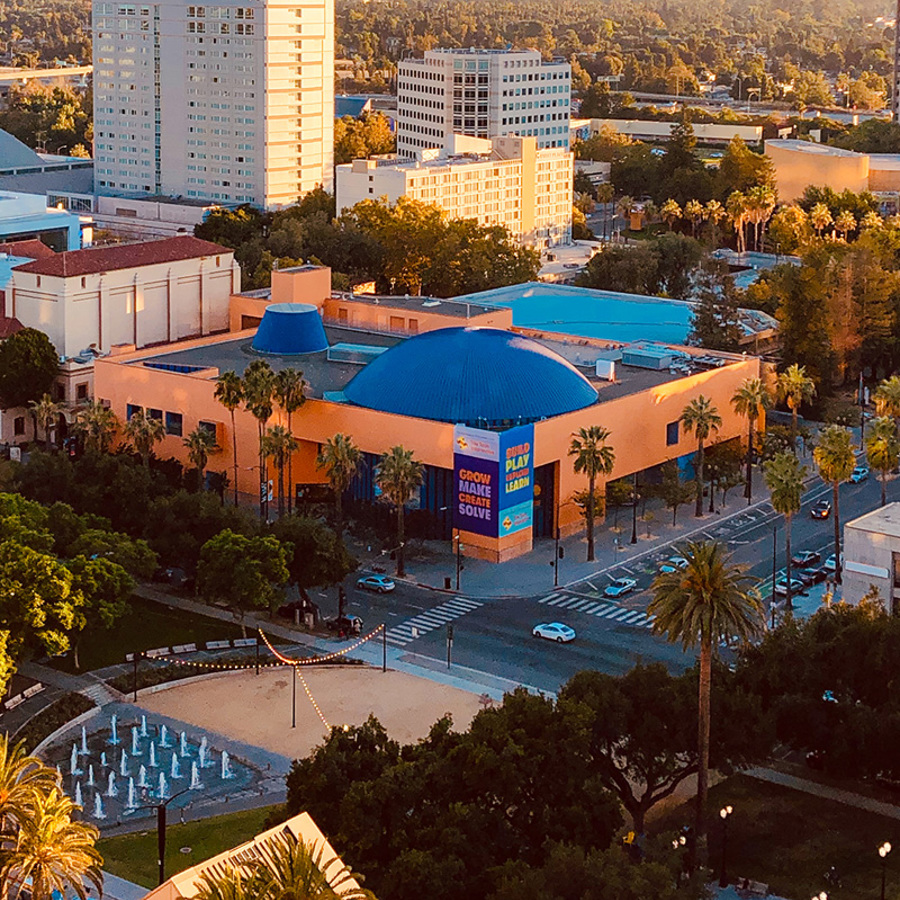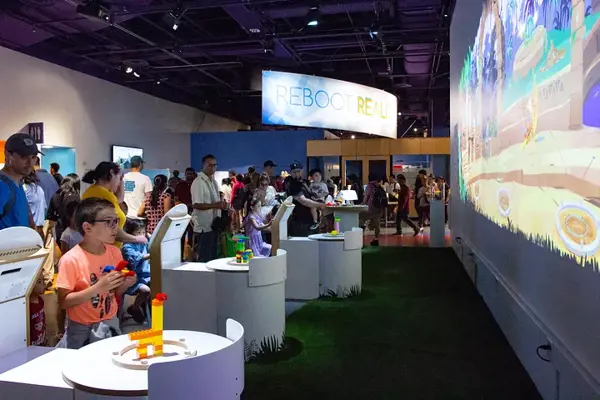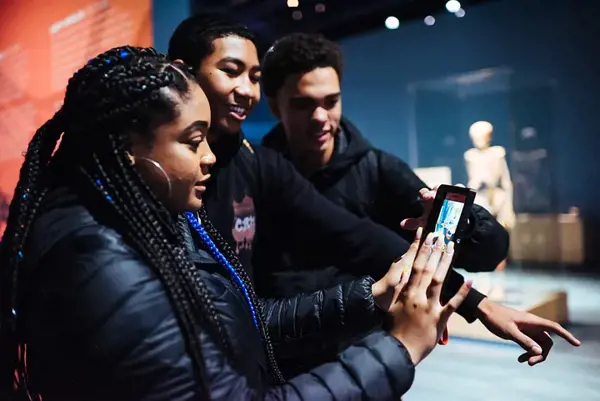
Introducing The Tech Interactive
May 23, 2019

- Related Topics:
- In the News,
- In the Community,
- What's New at The Tech Interactive
Start with the name: The Tech Interactive.
So why did we drop “Museum of Innovation”? In the 20 years since The Tech first opened, we’ve become known for our interactive, hands-on experiences. We wanted to set clear expectations for visitors, especially those meeting us for the first time, that when you come to The Tech Interactive, you’re not here to look. You’ll be doing things — making, creating and building — with technology.

Just one example. We recently opened an exhibit, Animaker, that involves AI and machine learning. Visitors learn about these concepts by interacting with a robot that’s the face of an AI-powered algorithm. Working together, the visitor and Animaker create an animal using 3D scanning and machine learning.

OK, one more example. Making with Microbes is the newest activity in our BioTinkering Lab. It’s a half-hour experience where visitors grow a biomaterial and make a souvenir out of it — such as origami art or a keychain. Biotech is an influential emerging technology that will be a key to solving problems in health and the environment. It’s not enough to observe it or read about it — we want our visitors to understand it by using their own hands.
Fine, last example. When we brought Body Worlds back for a 10-year exhibition, we knew we had to put our twist on this world-famous experience. How do you make a no-touching-allowed exhibit a hands-on one? For starters, we built a custom augmented reality platform that puts digital human anatomy into the space, so visitors can walk around — and through — models of the heart, eyes, lungs and brain.
We didn’t stop there. Our education team prepared a science lab for field trip groups to demystify the plastination process, which preserves and displays the human bodies that make Body Worlds such a singular experience. So now, when a field trip includes Body Worlds, it encompasses the chemistry of plastination and an experience in human anatomy like nothing else.

Whatever technology we feature, we want to provide an experience that empowers people of all ages to see their own potential as problem-solvers. In other words, we’ve moved beyond the museum.
That’s reflected in the 20-year vision to which we have committed as well. It calls for us to help 100 million young people discover their own problem-solving power annually by 2039.
We know the hands-on STEM education method we call Design Challenge Learning works, because we’ve been perfecting it for more than 30 years, through programs like The Tech Challenge and The Tech Academies. Our 20-year vision calls for us to deepen our impact locally using these methods. It also calls for us to bring what we’ve developed here in Silicon Valley to the rest of the world.

We couldn’t accomplish such an audacious goal alone, so today, we’re proud to announce a partnership with Discovery Education. Discovery’s international platform will allow us to reach 2 million students over the next three years. We are working on additional national and international partnerships to support educators around the world at a scale like never before.
Has there ever been a generation as inspiring as today’s young people? They are curious, creative and compassionate — and with the right tools, they’ll grow up to be incredible problem-solvers. We plan to share our tools and develop new ones to support young people in Silicon Valley and around the world.
 Skip Navigation
Skip Navigation
